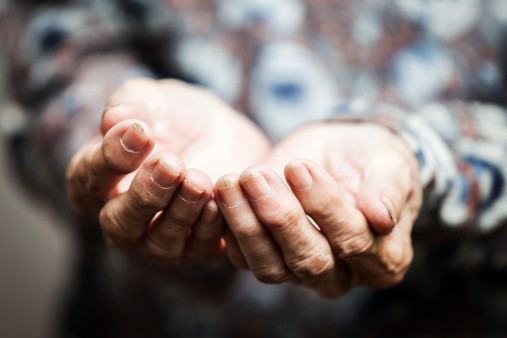
With income equality growing wider each day, a new article claims that even older adults can expect this inequality to increase as they age – within their own demographic.
The elder rich get richer, the elder poor get poorer.
“Increasingly, life after 65 in the U.S. is a ‘two worlds of aging’ experience, with the well-off older adults doing better and the less well-off… doing worse,” says the article’s lead author Stephen Crystal, a health policy professor at Rutgers University.
The article on late-life inequality, published in The Gerontologist, reports that a significant concentration of wealth existed in 2010, with the top 20% of older adults accounting for 62% of the total value of wealth among the country’s older adults.
Researchers examined income data between 1983 and 2010 to reveal economic trends.
Total income also favored the wealthiest 20%. Between the nearly 20-year period studied, the share of total income for the wealthiest 20% of older adults between 65 to 74 increased from 47% to 50%. Total income for those in the poorest 40% dropped from 17% to just 14%.
“Middle-aged and older people who are not members of the educational and economic elite have seen their financial security whittled away by the disappearance of well-paying industrial jobs earning good benefits, the disappearance of traditional pensions and other changes,” says Crystal. “They face a difficult future in their retirement years.”
Crystal cites existing social policies as being largely responsible for the disparity.
“The current and projected levels of inequality in later life are not inevitable,” he adds. “They are strongly affected by policy choices in areas ranging from Social Security to taxation to health care financing… We can and should do better in providing a decent floor for retirement income in the future.”





